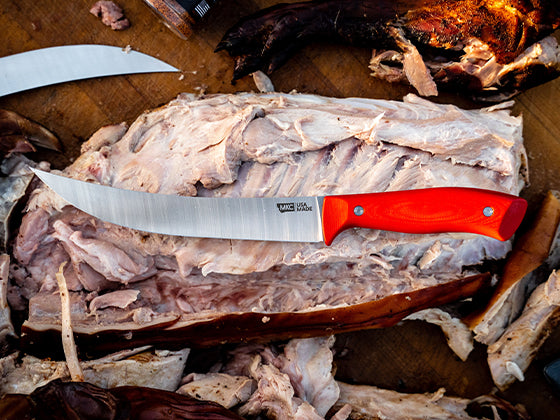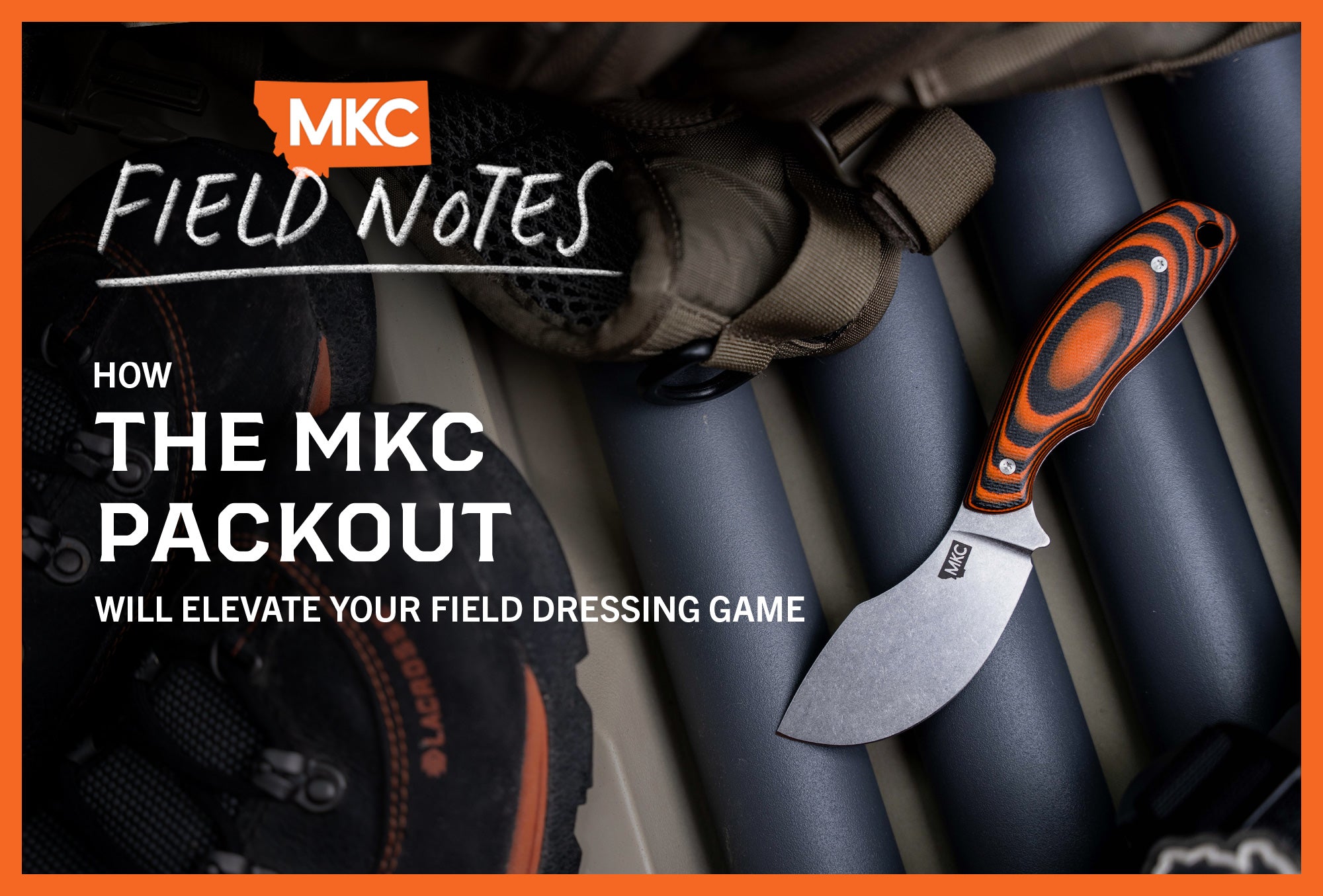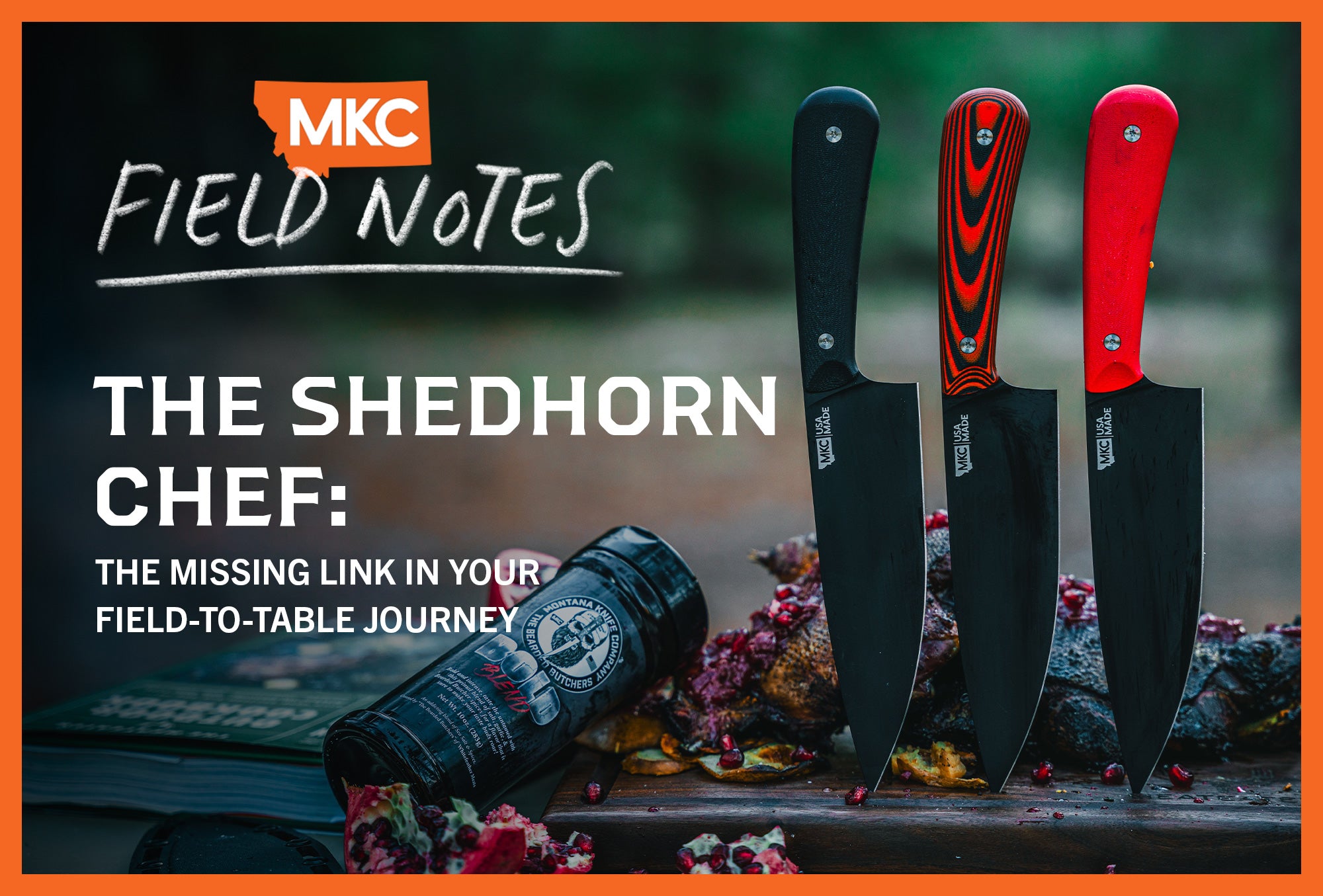Starting a fire in the wilderness can be challenging. Fortunately, humans have devised ways to make it easier.
I’d like to teach you how to make a feather stick fire. It’s one of the most effective fire-starting methods. All you need is a little preparation and, in this case, a knife.
Feather Sticks Bushcraft
Feathering wood is a technique in which you use a knife to shave thin wood curls from a stick. These shavings burn easily and work well to start a fire. The result looks like a feather because the curls stay attached to the original stick.
The technique is especially useful when you can’t find fine tinder, or available materials aren’t dry enough. Because the “feathers” stay attached, the wind won’t scatter or blow away your tinder. If the feather stick is crafted correctly, the thin, dry shavings ignite like heavy paper or cardboard.
Feather sticks are ideal for camping because they allow you to pack light. It’s a classic example of an adage many hunters and outdoorsmen repeat: “Know more, carry less.”

Feather Sticks: Kindling in Practice
My friend and I were on a late-season rifle hunt for elk a few years ago. The weather unexpectedly turned from sunny to heavy rain, sleet, and snow, and temperatures crept below zero.
We weren’t prepared for the weather change. We knew that the cold front would likely make the elk get on their feet to stay warm. We wanted to stay but needed a fire to dry our boots and gear.
We had a problem: The weather had soaked and frozen every bit of moss, bark, and grass. Unfortunately, neither my hunting partner nor I packed any small tinder, but we had a small knife and a folding saw.
Using those tools, we cut a few sections of dead, standing wood that weren’t completely soaked through. First, I cut the wood into eighths (pie-slice style) with my Stonewall Skinner and a batoning stick. Then, I feathered the dry inner portion of each piece.
Our new feather sticks readily lit up and turned our wet, miserable, dangerous night into a warm and dry one.
Best Knives for Feathering Wood
A fixed-blade knife is the best blade for feathering wood. Don’t use a folding knife to make feather sticks, especially if it doesn’t have a locking mechanism to hold it open.
Your fixed-blade knife should be sharp, have a thin edge, and have quality construction. A comfortable handle with a good palm swell helps relieve hand fatigue. I’ve used my Stonewall Skinner to feather wood in the past.
The list of requirements for a wood-feathering blade is pretty short. While I don’t recommend using a serrated knife for this, a folding saw is helpful if you need to break down larger pieces of wood.
However, if you don’t want to carry a folding saw, consider bringing a larger knife or a small hatchet. If the tool serves to feather the wood and break it down, you’ll have less to carry. The Hellgate Hatchet and the Marshall Bushcraft Knife are excellent choices, but any fixed-blade knife will do the job.
How to Make a Feather Stick
Selecting a dry and dead piece of wood is the secret to making perfect feather sticks. The ideal wood should be about a foot long, have a straight grain, and be knot-free.
Next, split the wood to about 1/2″ to 1″ in diameter. Try to maintain sharp corners on the wood — don’t round them off.
Place the end of the stick firmly on the ground. From a kneeling position, carefully push your knife along its length in a controlled way.
Stop the cut about an inch from the bottom, leaving the thin ribbon of wood you’ve created attached at the base. Repeat the same motion, rotating the stick with each cut until you have a dense cloud of “feathers.”

Finished Result and Considerations
The finished feather stick should make a roughly fist-sized or larger bundle. The tighter the curls, the better they’ll ignite. Determining the right amount of pressure to exert on your feathers may take a few tries. The finer the feathers, the less heat they’ll need to ignite, but the faster they burn.
Finally, consider crafting several feather sticks before you start a fire. Having multiple backups is always a good idea, and you can “chase” any embers using the additional feather sticks.
Best Wood Options for Feather Sticks
Depending on the weather, your options for tinder can be feast or famine. When considering various options, pay attention to the types of wood available.
Softwood and Hardwood
Softwoods, in particular, make excellent feather sticks. They’re easy to feather and ignite strongly. Pine is my favorite because of its flammable pitch.
Dead, standing wood is ideal. Look for sticks that snap easily; if they bend or splinter, there’s too much moisture to make a good feather stick.
If you have to choose between dry hardwood and wet softwood, choose dry wood unless you have access to fatwood.
Fatwood
Fatwood is the resin-laden deadwood found on some coniferous trees. If you’re lucky enough to find some fatwood, it’s the easiest fuel to start a fire. It can sustain an ember temporarily if you need to relocate camp.
Part of fatwood’s appeal is that because it’s so laden with resin, it doesn’t absorb water like “normal” wood. So, even in torrential conditions, fatwood sustains a strong fire.
To find fatwood, look for dead and rotting coniferous trees, especially pine and cedar. The fatwood forms where resin “retreats” back into the tree after it dies. The best places to find fatwood are deep within old stumps or where branches meet dead trunks.
It’s best to avoid using your fatwood in the same way you would use a feather stick if you can. Instead, cut off just a few shavings or chips and save the rest for later. A little goes a long way, especially with a standard feather stick.
Practice Making a Feather Stick Fire at Home
If you want to learn how to make a reliable feather stick, practice. Give it a couple of good tries in the field or at home. It’s better to test yourself in a controlled environment than an unpredictable one.
Take a short walk through the woods on a rainy or snowy day. Start a fire using the techniques you’ve learned, especially during bad weather. If possible, practice using firewood or lumber scraps in your backyard if you want to start small.
Familiarize yourself with your gear and environment before you get out there. You’ll be ready when you must spend an evening in the woods.
by Tristan Richter, valued MKC Team Member







































